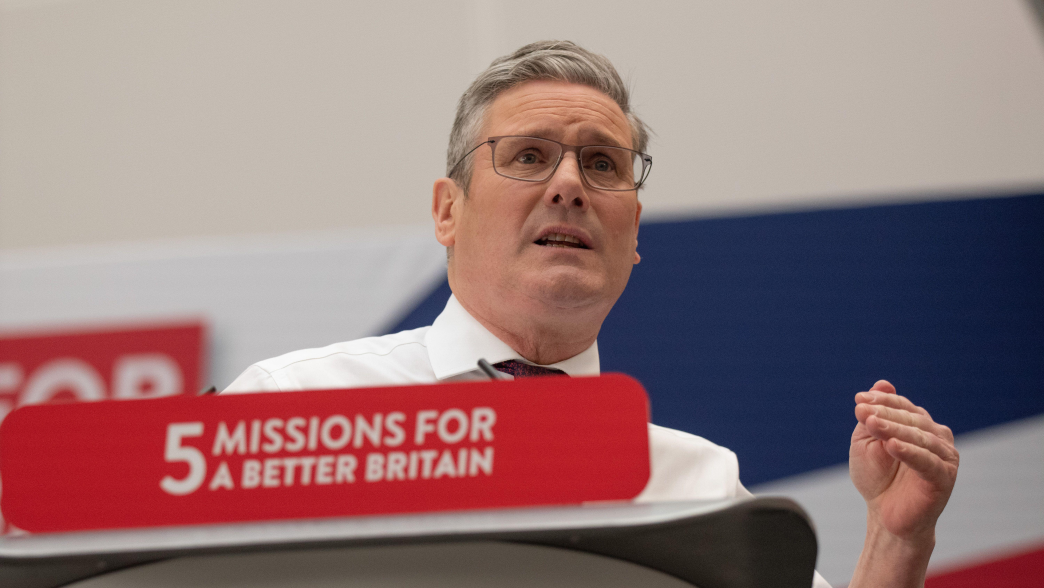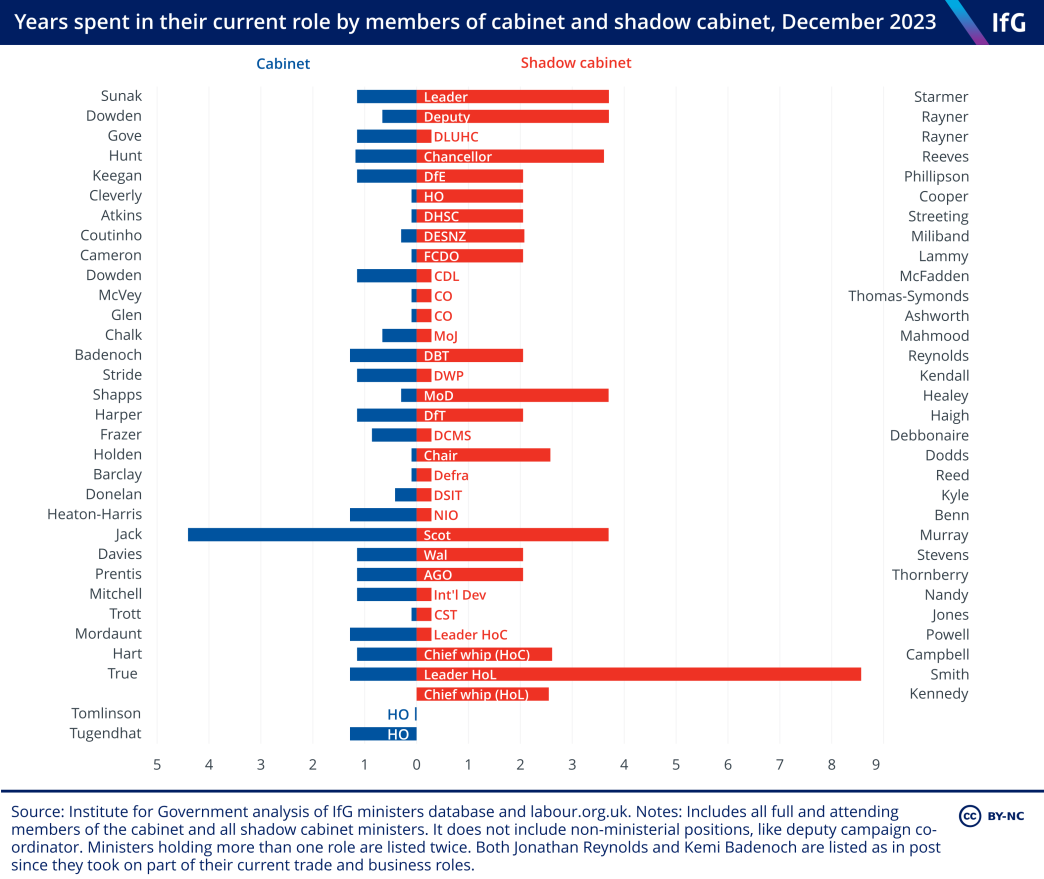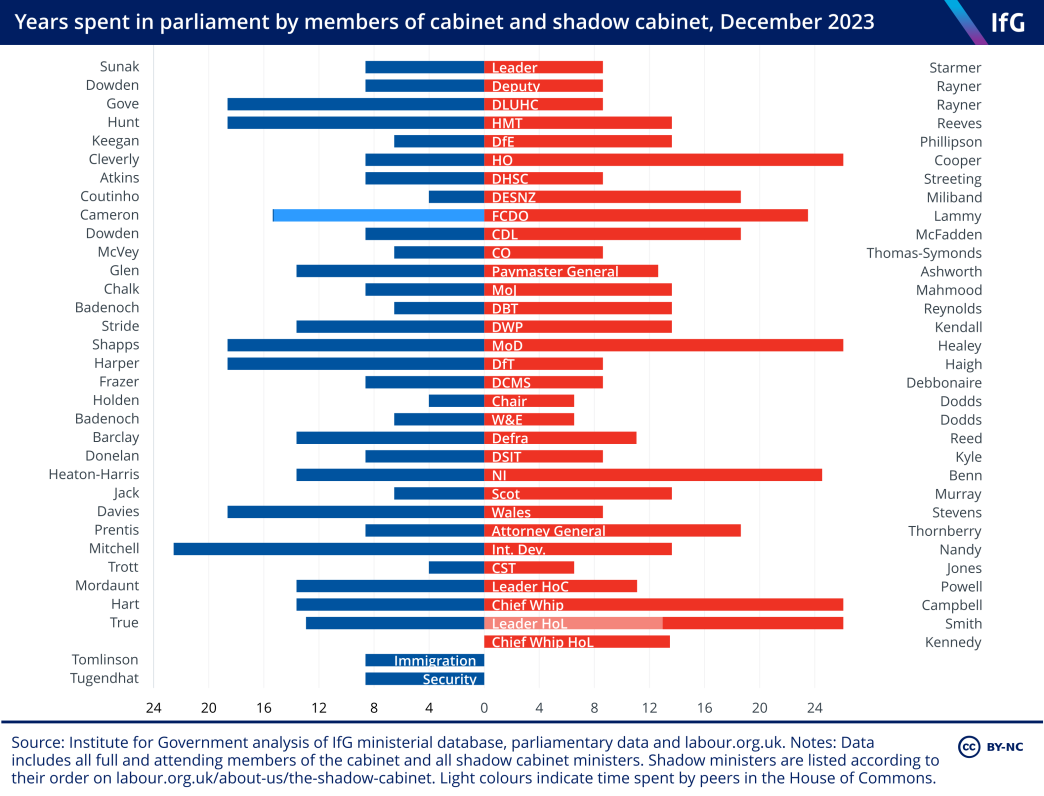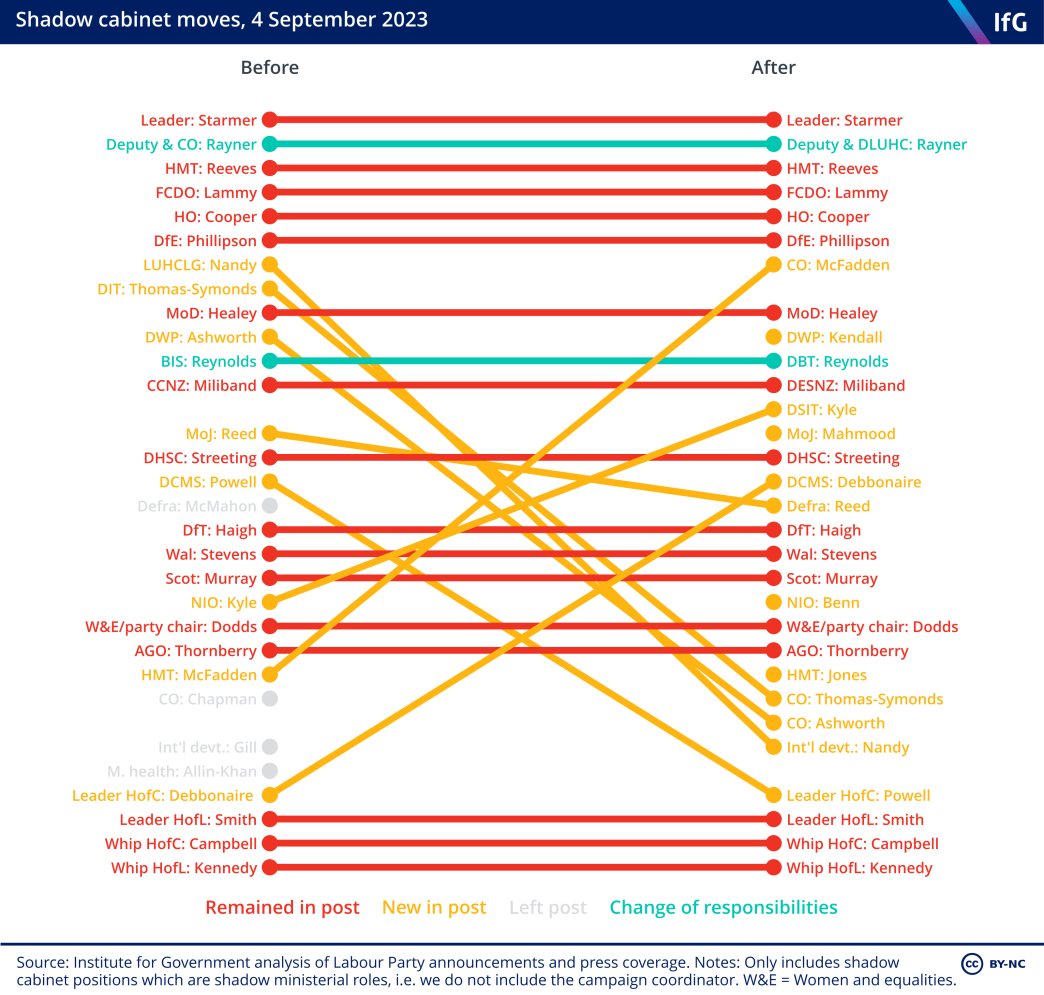Shadow cabinet
The shadow cabinet is made up of senior members of the main opposition party in Westminster who act as spokespeople for the opposition.

What is the shadow cabinet?
The shadow cabinet is made up of senior members of the main opposition party in Westminster who act as spokespeople for the opposition in specific policy areas. Shadow ministers are appointed by the leader of the opposition and generally take roles that mirror the current government. Their job is to scrutinise those they ‘shadow’ in government, and develop policies for their party.
The official opposition, and the shadow cabinet in particular, is expected to play the role of a ‘government in waiting’. In the event of a change of governing party, members of the shadow cabinet might expect to take up the role they have been shadowing. This does not always happen, however, and a new prime minister may decide to allocate roles to their team differently once they are in government. In 2010, for instance, David Cameron appointed shadow home secretary Chris Grayling as a minister of state in the Department for Work and Pensions, while Kenneth Clarke was moved from the shadow business portfolio to become secretary of state for justice. This particular move from shadow cabinet to cabinet was more complicated than usual due to the Conservative-Liberal Democrat coalition.
Not all shadow cabinet roles have a direct opposite number in government. Sometimes the opposition will appoint a shadow minister for a policy area it thinks is important and that it wishes to highlight. Before the 2023 shadow cabinet reshuffle, Rosena Allin-Khan attended shadow cabinet as shadow minister for mental health, despite the fact that her opposite number in government was a parliamentary under-secretary – the most junior rank of minister.
The most recent shadow cabinet was announced on 4 September 2023. Labour leader Keir Starmer made significant changes to his frontbench, with five shadow minsters dismissed from the shadow cabinet, four newly appointed from outside shadow cabinet, and nine existing shadow cabinet ministers moving portfolios.
How experienced are the shadow cabinet?

Current shadow cabinet ministers have spent longer, on average, in their current roles than their cabinet equivalent, with the median shadow cabinet minister having served two years versus one year, two months for the median cabinet minister.
However, this average obscures significant variance between shadow cabinet ministers, some of whom – like Rachel Reeves – have spent more than three and a half years in post and others – like shadow justice secretary Shabana Mahmood – who were only appointed to their positions in September 2023.

The average shadow cabinet minister has also served more time in parliament than their cabinet equivalent: the median cabinet minister has spent eight and a half years in parliament, compared to more than 13.5 years for the median shadow cabinet minister.
Three shadow cabinet ministers (Yvette Cooper, John Healey and Alan Campbell) have held their seats since the 1997 general election – a longer continuous spell than any member of the cabinet. By contrast, both Rishi Sunak and Keir Starmer were first elected at the 2015 general election, as were both of their deputies.
What constituencies do members of the shadow cabinet represent?
The majority of members of the shadow cabinet represent urban constituencies, with almost half representing constituencies in London, Birmingham and Manchester and a number from South and West Yorkshire. By contrast, the cabinet draws more heavily on rural areas and the suburbs of large cities. This reflects the wider geography of seats held by each party.
Both have just one member from Scotland, while the shadow cabinet has two members from Wales versus just one for the cabinet. The shadow cabinet also draws much more heavily from the north of England than the cabinet itself.
Who is in the current shadow cabinet?

Keir Starmer has appointed 31 members of the shadow cabinet overall, including himself. This includes the shadow chancellor, 18 shadow secretaries of state, five ministers who attend the shadow cabinet, the shadow attorney general, the shadow leaders of both the Commons and the Lords, and the opposition chief whips in both the Commons and the Lords. This figure also includes deputy national campaign co-ordinator, Ellie Reeves, although this is not a shadow ministerial post.
It is unlikely that all shadow cabinet ministers would retain their briefs if Labour were to enter government. Anneliese Dodds, for instance, is shadow secretary of state for women and equalities – a department that does not currently exist and which it is not clear Labour intend to establish. In government, there is currently a minister for women and equalities in the Cabinet Office and a minister for equalities in DCMS. Similarly, it remains unclear whether the shadow cabinet minister for international development, Lisa Nandy, would attend cabinet as a minister of state in the Foreign, Commonwealth and Development office or as a cabinet minister in her own right.
In addition, the limit for paid cabinet ministers is 23. Labour does not currently distinguish between full members of the shadow cabinet and other attending shadow ministers but would need to make this distinction if they enter government in order to abide by restrictions on ministerial pay.
- Political party
- Labour
- Public figures
- Keir Starmer Angela Rayner
- Publisher
- Institute for Government